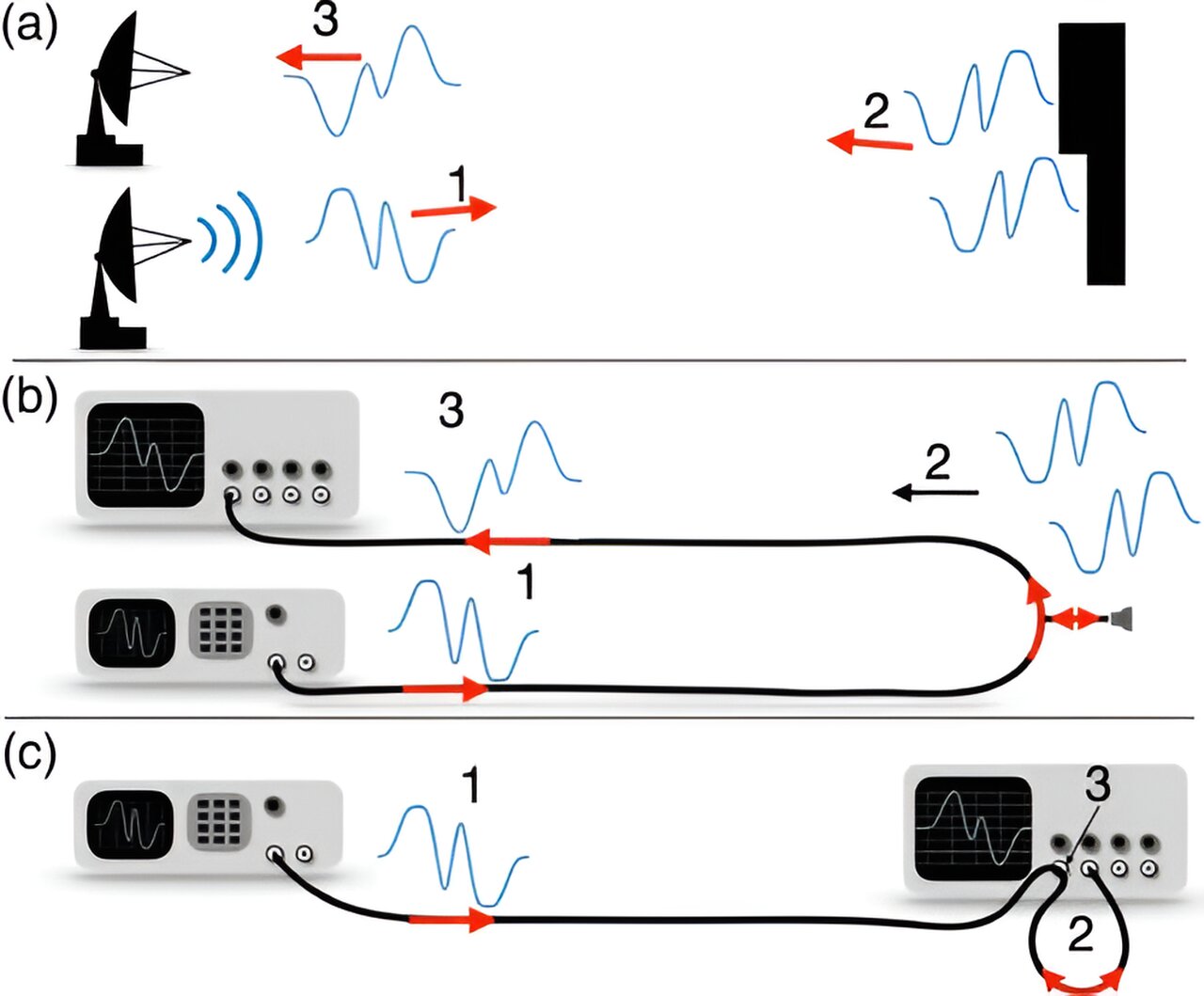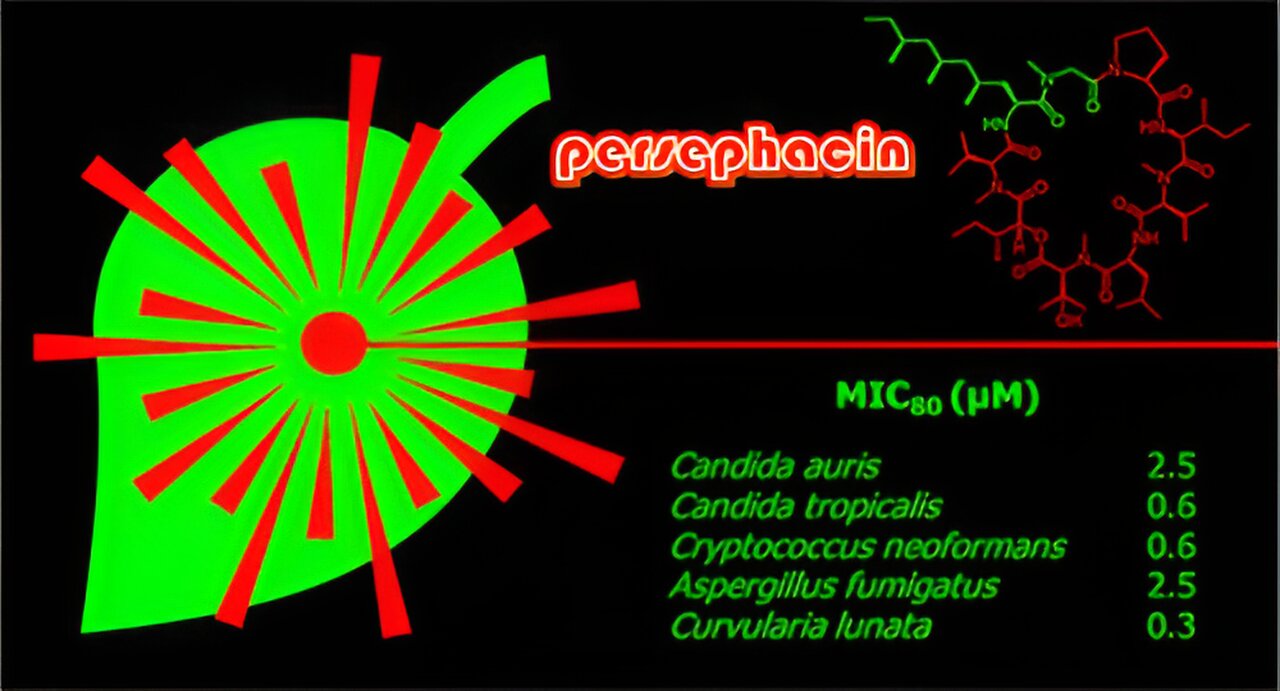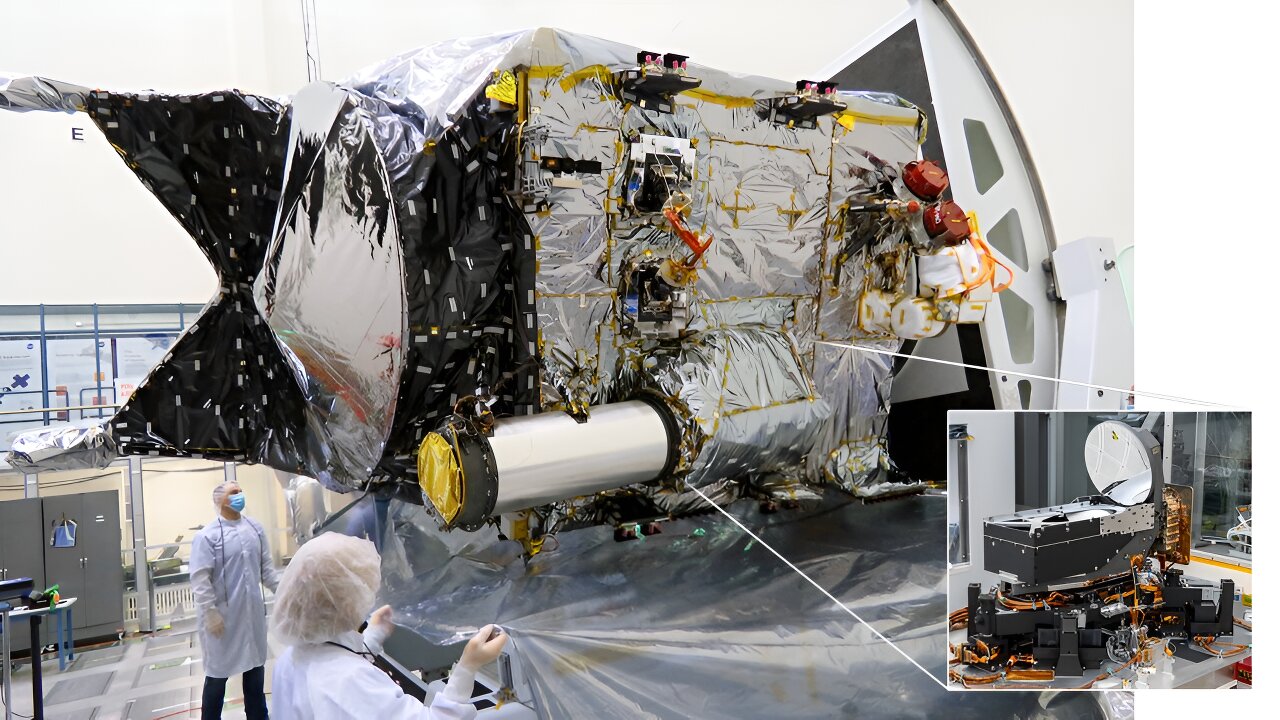New interference radar functions employed by a team of researchers from Chapman University and other institutions are revolutionizing distance resolution using radar waves. These groundbreaking results have the potential to impact various fields such as military, construction, archaeology, mineralogy, and more.
This first proof-of-principle experiment opens up a whole new realm of research with countless potential applications that could disrupt the multi-billion dollar radar industry. There are numerous avenues to explore both in theory and experimentation.
The discovery tackles a long-standing problem that has plagued scientists and engineers for nine decades. Traditionally, observing objects underwater, underground, or in the air required sacrificing detail and resolution for distance. However, this new technology improves the distance resolution between objects using radar waves, breaking free from the previous limitations.
“We believe this work will not only lead to new applications but also enhance existing technologies,” says John Howell, the lead author of the article published today in Physical Review Letters. “The potential for efficient humanitarian demining or high-resolution, non-invasive medical sensing is incredibly motivating,” he adds.
Howell and his team of researchers from the Institute for Quantum Studies at Chapman University, the Hebrew University of Jerusalem, the University of Rochester, the Perimeter Institute, and the University of Waterloo have demonstrated range resolution that is over 100 times better than the previously believed limit. This breakthrough eliminates the trade-off between resolution and wavelength, allowing operators to use long wavelengths while still achieving high spatial resolution.
By utilizing functions with steep and zero-time gradients, the researchers have shown that it is possible to measure extremely small changes in the waveform, accurately predicting the distance between two objects while remaining robust to absorption losses. For archaeologists, this means being able to distinguish a coin deep underground from a pottery shard.
The key to this breakthrough lies in the superposition of specially-crafted waveforms. When a radio wave reflects from two different surfaces, the reflected waves combine to form a new radio wave. The research team has developed purpose-designed pulses that generate a unique superposed pulse. This composite wave possesses sub-wavelength features that can be utilized to determine the distance between objects.
“In radio engineering, interference is typically seen as a negative effect. However, we have turned this notion on its head and harnessed wave interference effects to surpass the long-standing limitations on radar ranging,” says Andrew Jordan, director of Quantum Studies at Chapman University. “In remote radar sensing, only a small portion of the electromagnetic radiation is returned to the detector. The tailored waveforms we have designed possess the crucial property of being self-referencing, allowing us to distinguish target properties from signal loss.”
Howell concludes, “We are currently working on demonstrating that it is not only possible to measure the distance between two objects, but also between multiple objects or to perform detailed surface characterization.”








